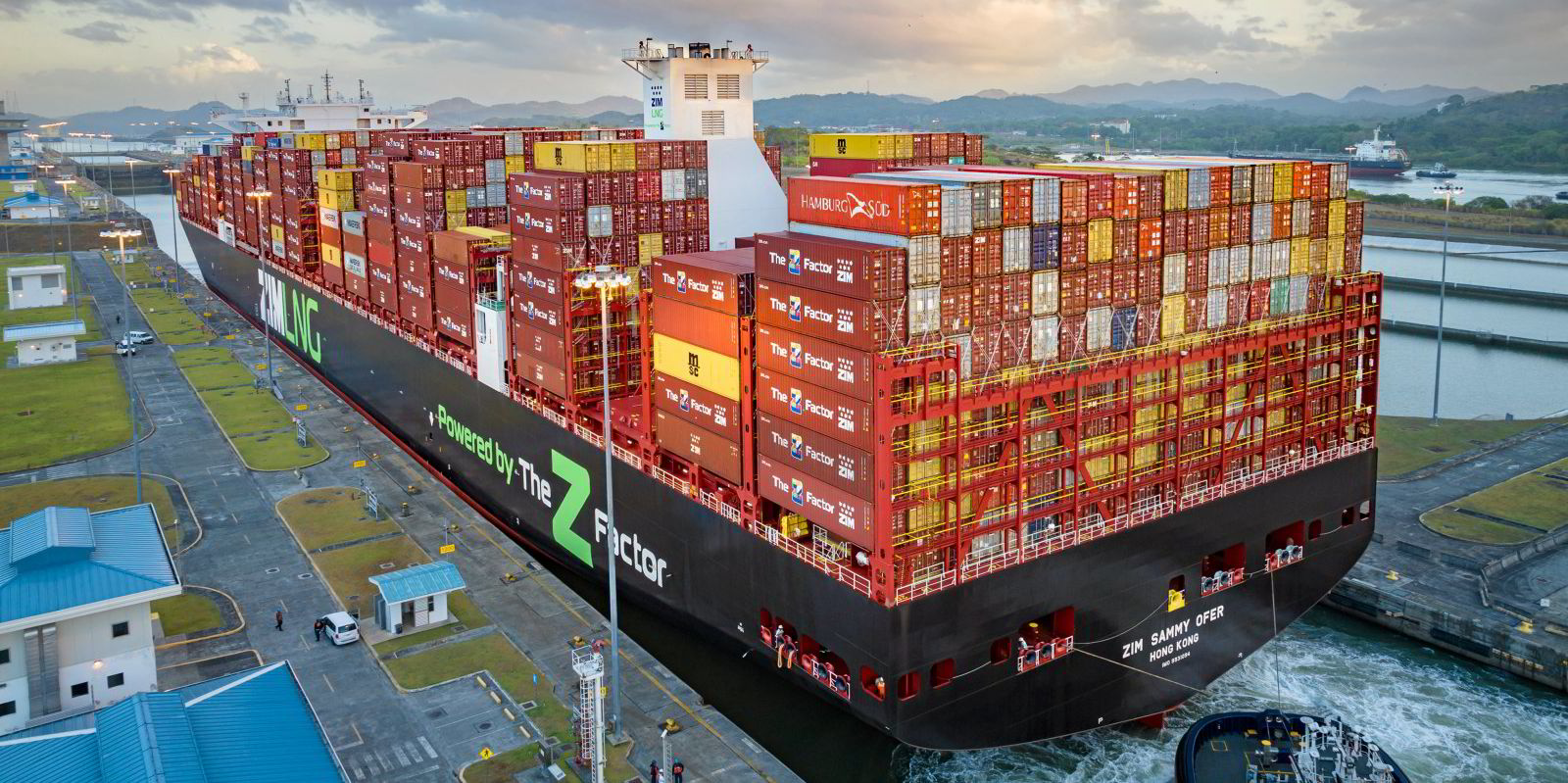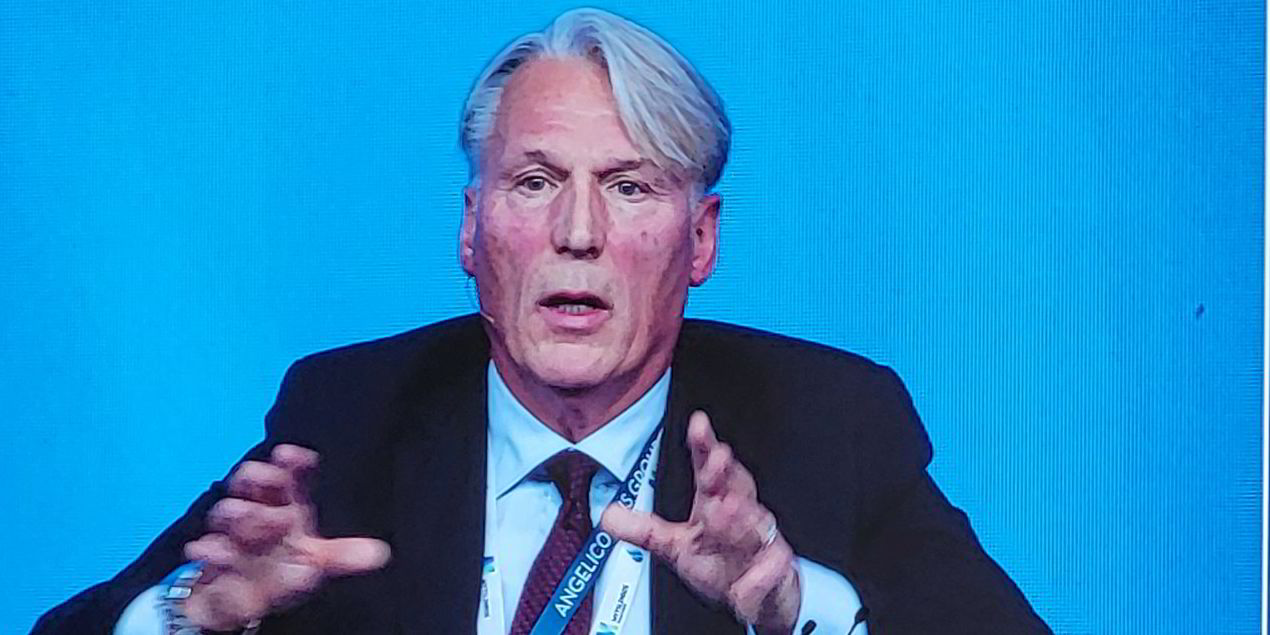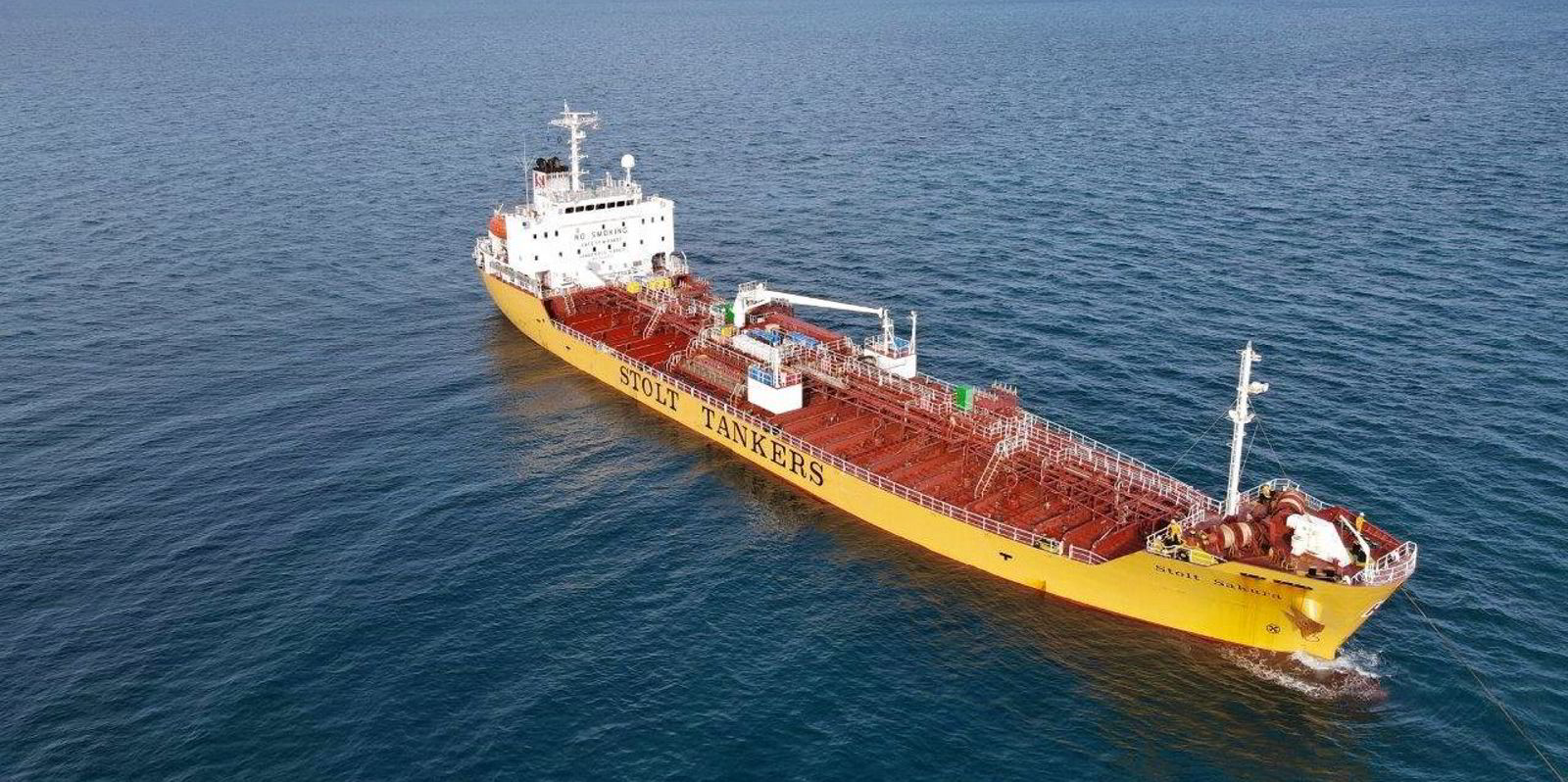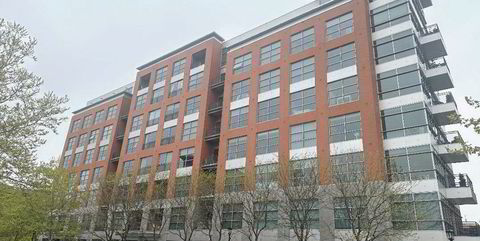Container shipping lines have begun imposing surcharges for transits through the Panama Canal or are considering re-routing vessels to avoid it.
That could have an impact on transpacific freight rates, as fewer vessels will mean upward pressure on prices from Asia to the US East Coast.
The growing restrictions on the waterway have already resulted in liner operators imposing hefty surcharges.
MSC Mediterranean Shipping Co has announced a $297 surcharge per container for its Asia to the US East Coast service through the canal from 15 December.
It said restrictions on the number of vessels allowed to transit the waterway are having a direct impact on operational costs.
Rival operator CMA CGM said restrictions mean the booking windows for transiting the neo-panamax locks will be reduced by around 30%.
It will impose a Panama Adjustment Factor of $150 per teu from 1 January 2024.
Other liner operators are evaluating surcharges or considering re-routing ships.
“We are concerned about it,” Hapag-Lloyd chief executive Rolf Habben Jansen told a press briefing.
“Capacity [through the canal] is going down further. That may mean that we have to redirect some ships to take a different route, maybe through Suez.”
Such surcharges and transit restrictions are likely to put upward pressure on rates from Asia to the US East Coast.
The restrictions will affect 18 liner services that transit the Panama waterway from Asia to the US East Coast, according to Linerlytica.

All of the services use neo-panamax container ships, for which transit quotas will be severely cut, it added.
To date, that has had little impact on eastbound transpacific rates, which are stable from Asia to the US West Coast at $1,620 per feu, as well as to the US East Coast at $2,331 per feu, according to the Freightos Baltic Index on 29 November.
But the dynamics might change as rising numbers of ships face delays.
Congestion
Container ships currently account for 29 weekly neo-panamax transits, or 83% of the January transit quota, according to Linerlytica.
Congestion at the Panama Canal is building, it added: 22 containerships were waiting at the end of last week, of which 14 are neo-panamaxes.
The delays have grown because of a severe drought.
The number of daily transits has been reduced from 40 earlier this year to 22 next month, 20 in January and 18 in February.
The number of booking slots will be drastically reduced for the next three months to maintain the Gatun Lake at a level that provides a competitive draft.
The Panama Canal Authority has even begun offering extra transit slot auctions for vessels trapped in queues at the waterway.
Regular auctions of slots have gone for nearly $4m in recent weeks — a record.






